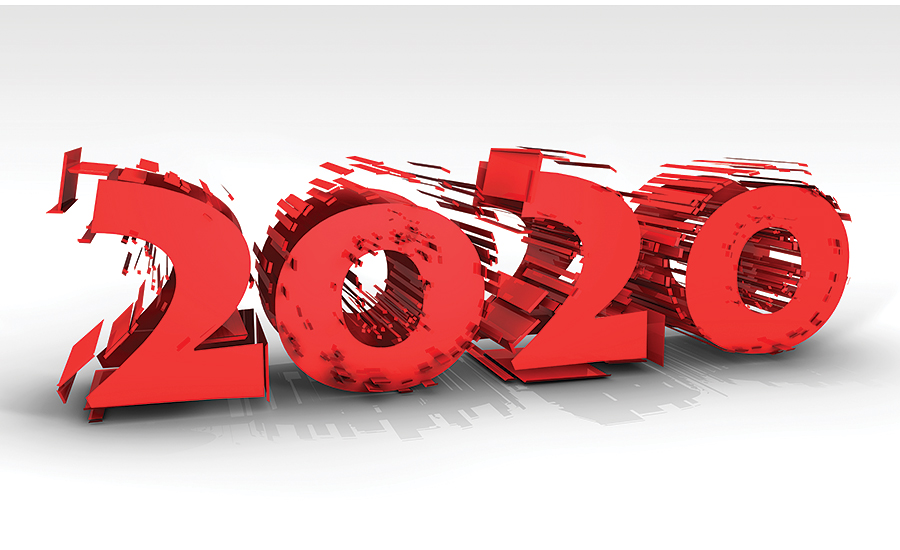2020 is 5+ years away. What’s your company’s plan for a world going exponentially digital?
Our personal shopping and education starts with Google or Amazon. YouTube currently uploads 20 hours of new video clips per minute: and increasing! Our kids (and many globally) learn whatever they want to on their mobile devices. In poor countries, they then use social media to organize protest-riots.
Our customers now get their product education online. Along the way, they also discover alternative suppliers, availability and prices before they call us.
What will your reps talk about in 2020?
Amazon offers 230 million items (including offerings from their marketplace stores) and climbing. Their mission: “Be the most customer-centric company on the planet.” Their service-cost structure is already much lower than your old-school model. They will pass their savings on to your customers in lower prices for your most net-profitable, freight-friendly, whole-goods. By 2020, they plan to invent a one-hour-delivery option for a premium fee: unbundled customer choices!
How will you counter price pressure on your cream items?
What might your customer-centric sales force and service team (unbundled fees?) look like?
Supply-chain partners will continue to kill the price buyers & sellers
Meanwhile, supply-chain buyers and sellers continue (as partners) to kill your customers who shop distributors for “better prices.” Since Ray Kroc, founder of McDonald’s, partnered with distributors back in 1956, the typical, proactive, supply-chain-buyers’ action steps have been:
• Pick the best-service distributor.
• Give that distributor ALL of the category business in exchange for:
• Guaranteed Perfect Service.
• Continuing improvements in buy-sell process effectiveness moving towards:
Zero paper and people activity-costs; and,
Best, uptime-productivity inventory levels.
• Lower prices: only if afforded by process-improvement, cost-savings. (McDonald’s audits suppliers’ books and has been historically generous on supplier profits!)
• (1) Good net-profits with (2) growing sales and a (3) forever-relationship incent suppliers to continuously invest in improving the replenishment-process.
• Supply-chain effectiveness
beats price-savings efficiency and continues to consolidate channels at all steps.
Will you be a channel consolidator or victim by 2020?
More 2020, supply-chain-buyer questions
1. Big customers all have “supply chain” trained people. Some can do the steps above in a win-win way. Others may need help. Do you have the supply-chain math and fluency to: educate, sell, negotiate, install and maintain such solutions for: both the can-do and want-to customers?
2. How many of your small, self-employed, price-shopping customers will convert to supply-chain buyers and thrive? Close to zero?
3. Do you allocate your sales-marketing expenses in proportion to your customer’s present and future-projected net-profitability?
4. Or, do you reactively serve all customer problems? If so, won’t high-maintenance, unprofitable and slowly-dying minnows bleed you to death by a thousand nicks?
Transforming your worst customers
At the bottom of your customer profitability ranking report, there are customers with “big” sales and gross margin dollars (GM$s). Everyone knows them, because they constantly call in (small) orders. The cost of processing their small line-item picks and orders exceeds their GM$s for a loss. How do you transform them to winners?
Your highest, net-present-value-profit (NPVP) customers
The most net-profitable (1 to 10%) of your customers will generate about 100% of your operational profits and about two-thirds of your peak internal profits (150-165% of operating profits). A few, best-customers are also innovators that grow faster than their industry by killing weak competitors -- also your customers? Partner these “Gazelles” more deeply by doing a team audit of your current replenishment process. Find and install tune-up opportunities.
What revised role and comp plan will your reps have for “audits” and supply-chain tuning projects (as desired by the customer)?
What’s your minnow customers’ noise to profit ratio?
Supply-chain buyers quietly and smoothly order (electronically) big picks and orders to give you good net profits. Minnows can be:
• As much as 50% of your active account total.
• Only 10% of total sales and GM$s.
• Causing over 40% of the service activity costs. Their service costs exceed their GM$ by enough to lose 20-30% of your peak internal profit total.
Many minnows price-shop, return stuff and pay slowly. They love reps out of loneliness and to press them for better prices and free services. If you “listen to the customers” on a reactive basis, the minnows are all of the noise with negative profits. And you don’t have time to proactively partner biggest NPVP customers more deeply.
Action steps
Subscribe monthly to the “Line Item Profit Analytics (LIPA) Management’ service from Waypoint. Solve all of the questions in this article with NPVP-Smarts and Supply-Chain Math precision to STAND TALL IN 2020!





